How to Get High Quality Backlinks: Proven Strategies for 2025
A tactical guide to elevate your SEO with backlink strategies that actually work
How to Earn Backlinks?
You’re competing on more than just content in 2025. Authority is the basis of your competition. Besides, top-notch backlinks are viewed as trustworthy by Google and the other search engines. So much so that a single backlink from a trustworthy, relevant domain may weigh more on your visibility than hundreds of weak ones.
And yes, even the top digital marketing agency in India can’t get away without a strong link profile anymore.
But let’s be clear: Link Building is not just about quantity or even DA scores anymore. It’s about strategic alignment, digital PR, and building genuine digital trust. This blog walks you through advanced, yet practical, backlink strategies to strengthen your domain authority and drive search success.
What Are Backlinks, Really?
A link from one website to another is a backlink. When spoken in the terms of SEO, these are referred to as ‘external links’ or ‘inbound links.’ Each backlink is a vote of confidence, so to speak, from the search engine.
However, not every vote is the same. More SEO juice is contained in a backlink from a respectable website, such as Forbes, than one from an unrelated blog. Link authority is a conglomeration of placement, trust, and relevancy.
Why Backlinks Still Matter in SEO?
Backlinks are one of Google’s top three ranking signals. But beyond algorithms, here’s what makes them gold:
- Increase in organic rankings: Pages that have links from high-authority, reputable sources have a chance of gaining higher rankings.
- Increase in discoverability: Crawlers find your website faster.
- Referral traffic: Relevant visitors are directly brought in by high-quality backlinks.
- Building trust with Google and users: You are regarded as a reliable source.
Ahrefs found that 91% of content online gets zero Organic Traffic, largely because they have zero backlinks. That’s not a stat. That’s a warning.
Types of Backlinks In SEO
Let’s break this down:
- Editorial backlinks: These are links you earn when someone naturally cites your content.
- Guest posting links: Earned through publishing on external blogs.
- Business profile backlinks: From directories, forums, or social networks.
- Niche-specific resource backlinks: Highly relevant and contextual.
- Press or news links: Often achieved via digital PR or HARO strategies.
Avoid spammy or irrelevant links; they’ll hurt your link profile more than help it.

1. Content Creation and Link Worthiness
1) Create Exceptional, Referable Content
Let’s cut the fluff: No one links to average blog posts anymore.
Focus on in-depth, research-backed, and statistically strong content that people want to cite. Include:
- Original research or survey data
- Step-by-step guides with visuals or infographics
- Case studies with tangible results like “How we grew traffic 240% using zero ad spend”
- Thought-leader quotes add credibility and shareability
Pro Insight: Long-form content around 2000 words earns 77.2% more backlinks on average. But quality > quantity.
2) Focus on Linkable Formats
Certain formats are proven backlink magnets:
- “How-to” guides
- Industry statistics
- Tools/templates
- Data reports
- Comparison posts
This is what Search engine optimization has become: a value game.
3) Publish Evergreen Content
Trendy content burns fast. Evergreen content wins backlinks for years.
Examples:
- “Complete Guide to E-A-T SEO”
- “2025 B2B Buyer Behavior Insights”
These stay relevant and get links, long after the publish date.
2. Strategic Outreach
1) Guest Blogging
Forget generic guest posts. Pitch unique, valuable insights to niche blogs. For example, a top digital marketing agency in India could share regional campaign insights with US blogs to attract international attention.
- Always pitch topics relevant to the host audience.
- Include contextual backlinks within the body, not just bios.
- Offer updated trends, not rehashed info.
2) Broken Link Building
- Take a look at relevant broken-outdated links on sites of esteem and give a replacement for the relevant one.
- Use something like Ahrefs or Broken Link Checker.
- Send a short and polite email with your updated link.
- This method responds with 10-15% and performs way better than guest-pitch emails sent cold.
3) The Skyscraper Technique
- Locate the best-ranking content out there in your niche. Do your own version of it, but better, and go after sites linking to the original.
- It should be longer, better designed, and updated.
- Drill down on new data, more visuals, and expert interviews.
4) HARO
It means Help a Reporter Out. Reporters seek an expert opinion every day. Try to answer HARO queries and land appearances on media sites such as Inc., Business Insider, or USA Today. HARO pitches should be kept below 150 words with one-liner credentials.
5) Reclaim Unlinked Mentions
Typically, some brands get mentioned but not linked. Use tools such as BrandMentions or Google Alerts to determine where your name appears and then politely ask the editor to include a link.
6) Pursue Influencers & Experts
- Mutual content swaps or interviews should be envisioned
- Build relationships authentically, rather than as a transaction
- Mentions matter for influencer visibility and SEO backlinks
3. Take Advantage of Existing Link Opportunities
1) Analyze Competitor Backlinks
Use SEMrush or Ahrefs to see where your competitors are earning backlinks from. Now reverse-engineer:
- Can you contribute to the same blog?
- Can you get listed in the same directory or tools list?
Reverse-link engineering is underused, but gold.
2) Get on Resource Pages
Websites still curate lists of helpful resources. Pitch your guides, templates, or tools to these pages. Just ensure they’re hyper-relevant.
3) Testimonials
Write testimonials for tools or services you use. Many SaaS companies link back to you from their homepage in exchange.
4) Internal Linking
While not a “backlink,” internal links pass link authority across your site and improve crawlability. Use relevant anchor text. Link older posts to newer ones and vice versa.
4. Other Powerful Backlink Strategies
1) Build Relationships with Bloggers
Start by engaging comments on their posts, share their content, and then slowly initiate collaborations. This trust-based strategy leads to lasting backlink sources.
2) Use Social Media Wisely
- Share valuable content in LinkedIn and Reddit communities
- Post visual snippets on X and Instagram that lead back to your blogs
- Engage in conversations, not just promotions
Social traction increases the chance of backlinks organically.
3) Submit to Niche Directories and Bookmarking Sites
Sites like GrowthHackers, Zest, and Flipboard still drive traffic and links if the content is strong enough. Don’t mass-submit. Focus on quality placements.
Top Websites for high quality backlinks:
Ending Note
In the ever-evolving world of search engine optimization, backlinks remain a cornerstone of real growth, not vanity metrics. But unlike five years ago, this game isn’t about who spams better, it’s about who builds smarter.
Whether you’re a SaaS startup in Austin or the Top Digital Marketing Agency in India, what sets you apart is your link-building mindset. Know your audience. Respect their time. Create assets worth citing. Then, earn your place. Here’s the truth: Google doesn’t trust you until others do.
Backlinks are that trust signal. Use the right backlink strategies, monitor your link profile, and your SEO will thank you, with traffic that converts.
Yes, getting 100 backlinks from 100 different websites is generally better than getting 100 links from just one site. Google values diversity in backlinks because it shows that many different sources trust your content. When backlinks come from unique domains, it signals to search engines that your website is authoritative and relevant across the web.
However, the quality of those websites matters too. A few high-quality, trusted backlinks can be more powerful than many from low-quality or spammy sites. So ideally, you want a mix of both quantity and quality from different trusted domains to boost your rankings.
The most powerful backlinks come from authoritative, high-traffic, and relevant websites. These include backlinks from .edu or .gov domains, news publications, industry-leading blogs, and top-ranking sites in your niche. These sites have high domain authority and strong trust with search engines, which can pass significant value to your website.
Contextual backlinks—those placed naturally within the content—are more powerful than footer or sidebar links. Dofollow links (that allow link juice to pass) also carry more weight than nofollow ones. Earning these types of links through quality content, guest posting, or digital PR can strongly impact your search rankings.
Web 2.0 backlinks are created by setting up free blogs or websites on platforms like WordPress.com, Blogger, Wix, or Medium. You publish content on these platforms and include links back to your main website within the posts. These sites allow you to create and manage content, so they’re good for building backlinks under your control.
To make effective Web 2.0 backlinks, write unique, helpful articles related to your niche. Don’t just stuff them with links; add value so they look natural. Over time, you can build authority for these Web 2.0 blogs by updating them regularly and getting backlinks to them as well. This improves their credibility and the value of the links they pass.
PBN stands for Private Blog Network, and while PBN backlinks can sometimes boost rankings quickly, they come with high risk. These backlinks are created through a network of websites owned by one person or group, often built just to manipulate search engines. If Google detects that you’re using PBNs, your site can get penalized or even deindexed.
Using PBNs might work temporarily, but it’s not a safe long-term strategy. Instead, focus on earning backlinks naturally through high-quality content, outreach, and building relationships in your niche. That way, your site’s growth is stable and aligned with Google’s guidelines.
There are several great backlink checker tools that help you analyze your backlinks and those of your competitors. Some of the best ones include Ahrefs, SEMrush, Moz, Ubersuggest, and Majestic. These tools provide data on the number of backlinks, referring domains, link quality, anchor text, and more.
Ahrefs and SEMrush are especially powerful for in-depth backlink analysis and tracking new or lost links. Ubersuggest is a budget-friendly option for beginners. These tools are essential for SEO professionals to understand their link profile and improve their strategies over time.

What started as a passion for marketing years ago turned into a purposeful journey of helping businesses communicate in a way that truly connects. I’m Heta Dave, the Founder & CEO of Eta Marketing Solution! With a sharp focus on strategy and human-first marketing, I closely work with brands to help them stand out of the crowd and create something that lasts, not just in visibility, but in impact!

Industrial Product Marketing with LinkedIn & Paid Ads

Top Digital Marketing Strategies for Industrial Products in 2026

B2B Product Launch Strategies: From Pre-Launch to Go-To-Market

